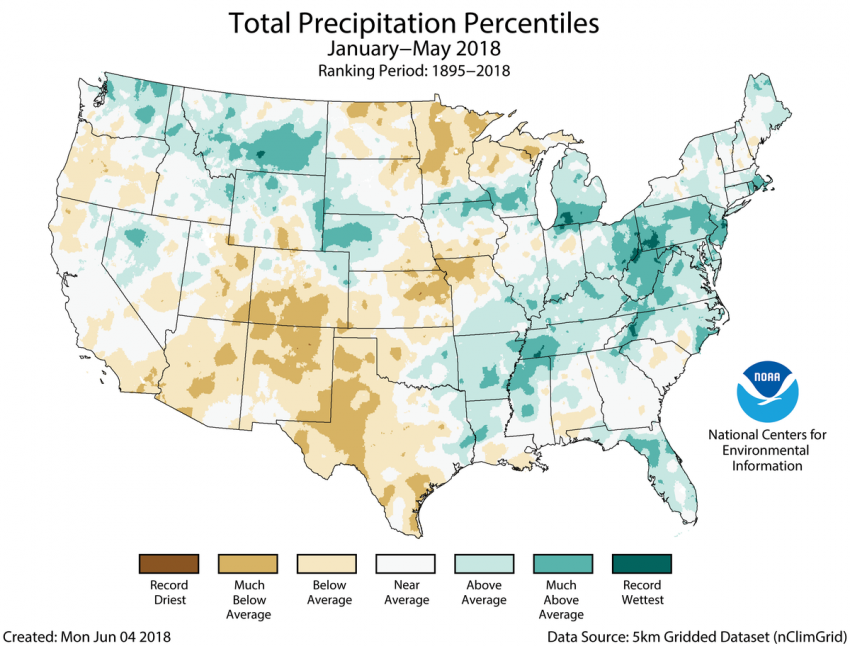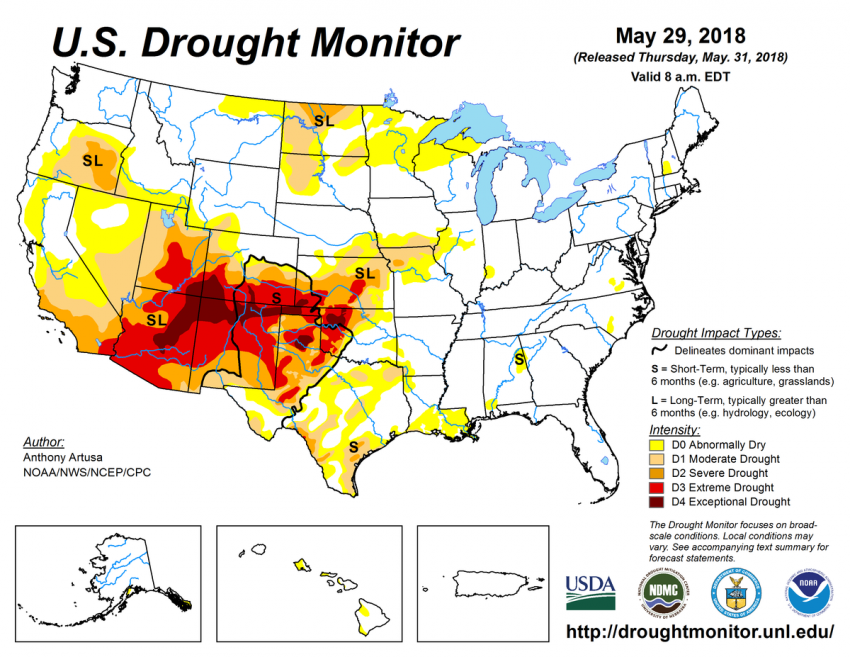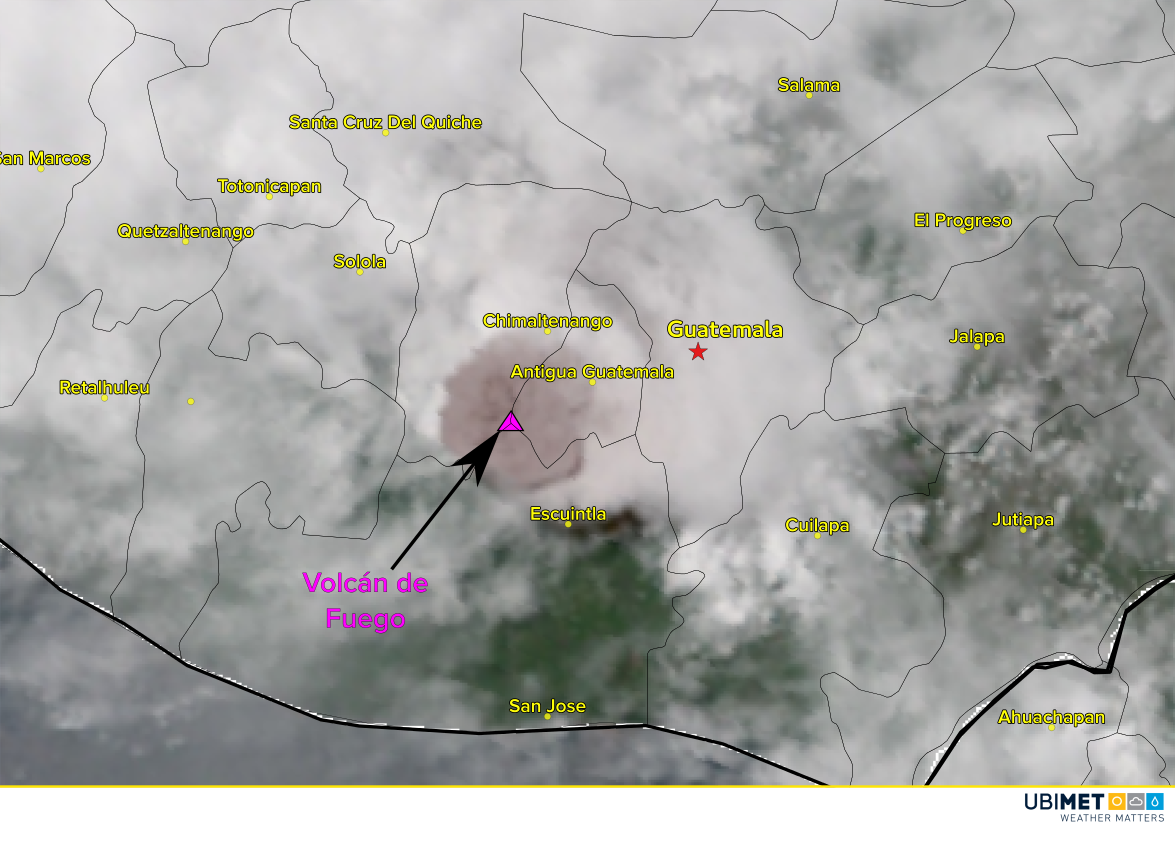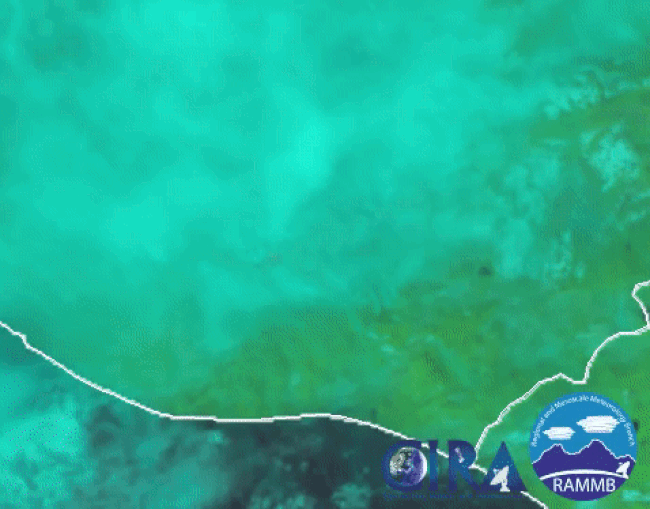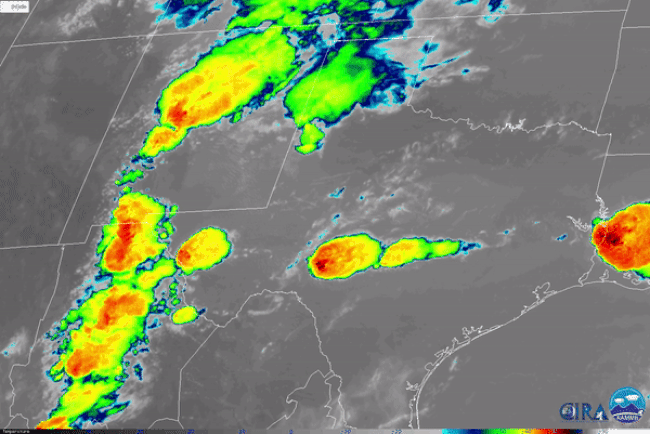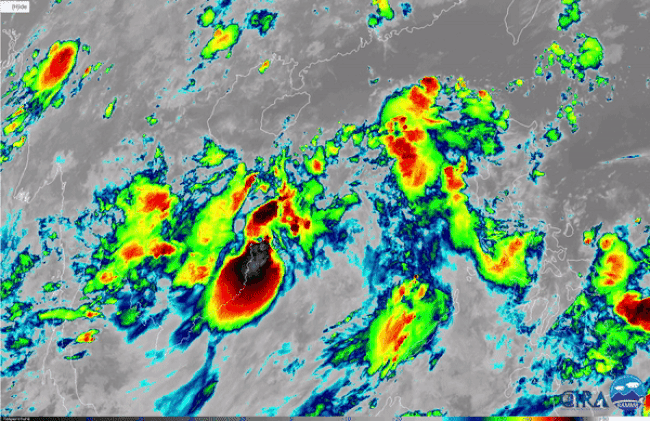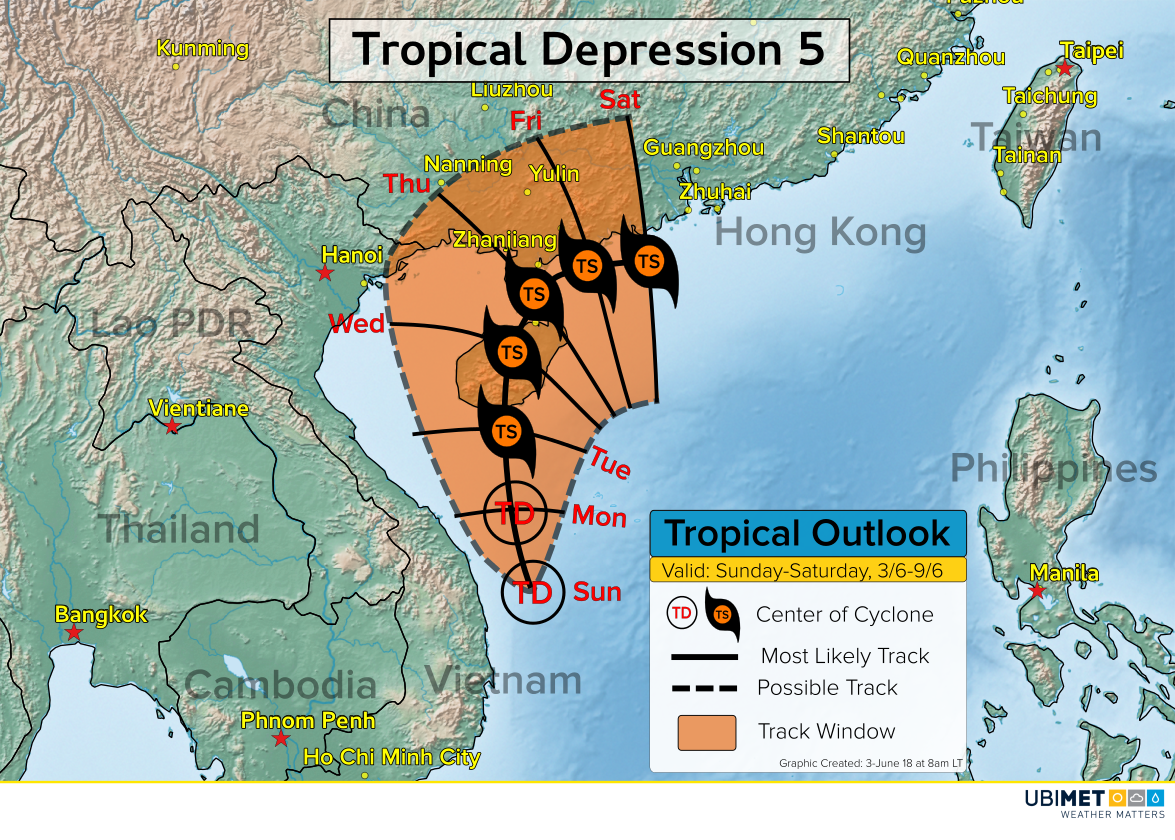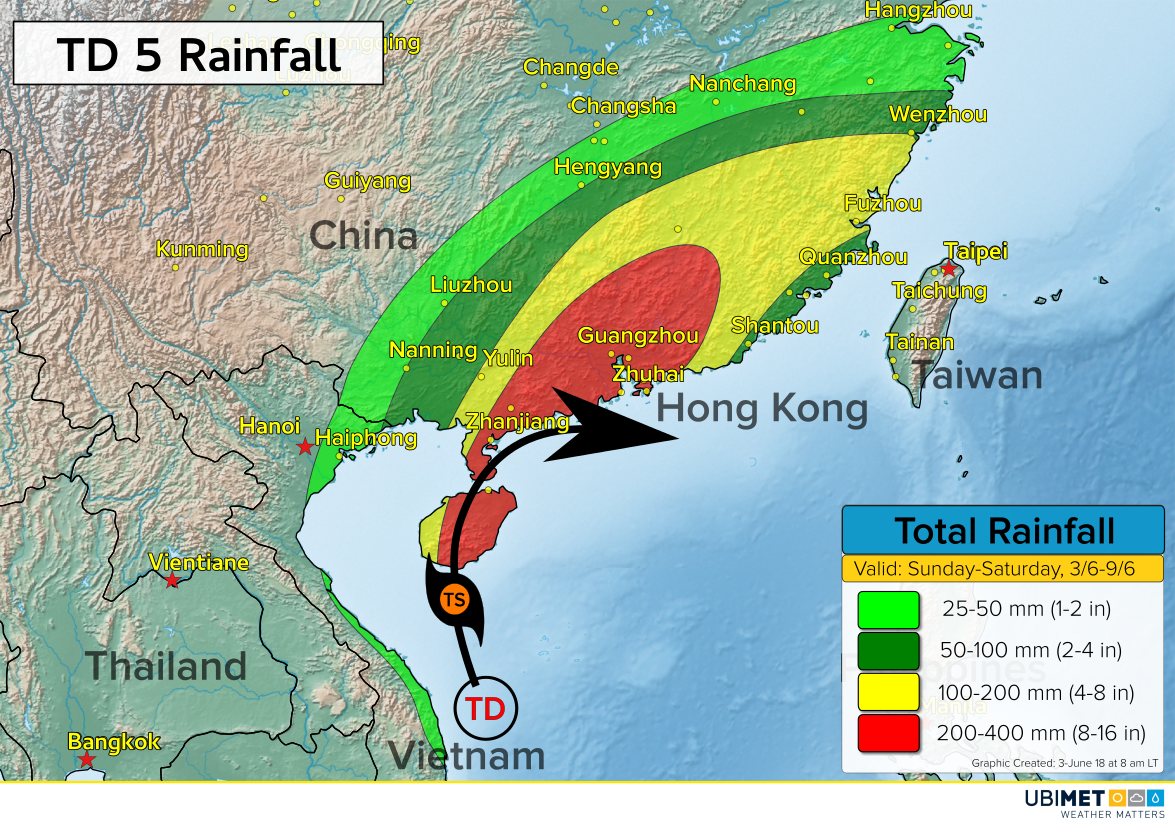Roller-Coaster Temps But Overall Warm First Five Months of 2018
We’re well into the warm season across the U.S. We’ve had several weeks of routine severe storms, and we’ve even had our first land-falling tropical storm! But it’s not that long since many were experiencing record cold temperatures and spring snow. Just how much of a roller coaster have we been on this year?
Below you can see an animated loop of temperature anomalies over the first five months of 2018. Areas of red shading are warmer than normal, and blue shading indicates cooler than normal. The reddest (bluest) areas denote areas that saw their warmest (coldest) months on record.
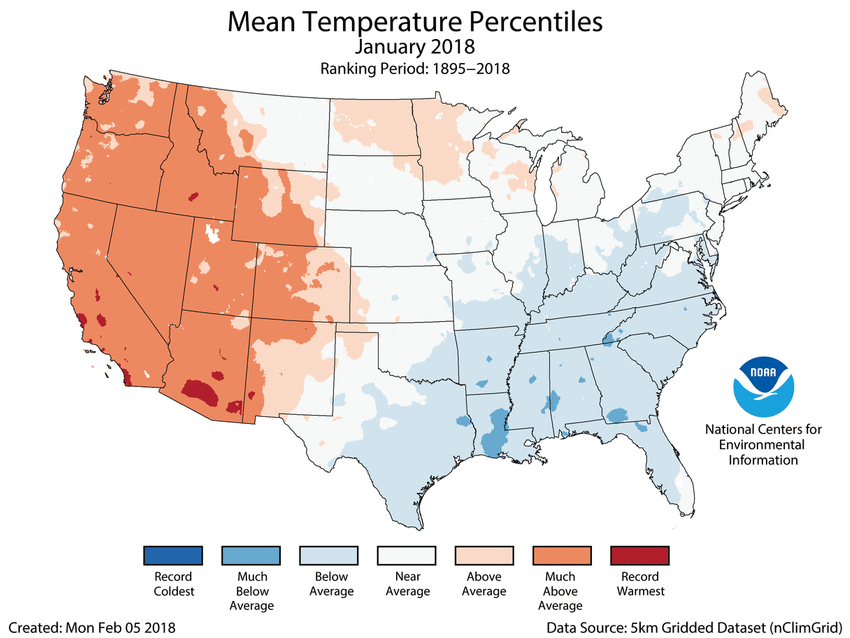
January saw a continuation of a persistent ridge in the west that had been causing much warmer than normal temperatures for most of the winter. Temperatures across the South and Midwest were below normal. Then, a total flip for February. Most of the eastern third saw very warm weather, indeed record-breaking warmth for a large part of the Southeast and southern New England. We were back below normal for March in the East, followed by dead-of-winter record cold for the central and eastern portions in April. May shifted totally in the opposite direction again with above normal temps almost nationwide, including record warmth from the Plains into the Midwest and Mid-Atlantic. In fact, it was the warmest May on record nationwide.
One near-constant through the first part of the year has been warm to very warm conditions in the Desert Southwest and southern High Plains. This same region has also seen below to much below normal precipitation in the same time frame (see graphic below). The combination of warm temperatures and lack of moisture has contributed to widespread drought conditions, in some cases extreme drought (see bottom graphic). The forecast into summer calls for continued warmth in the West.
